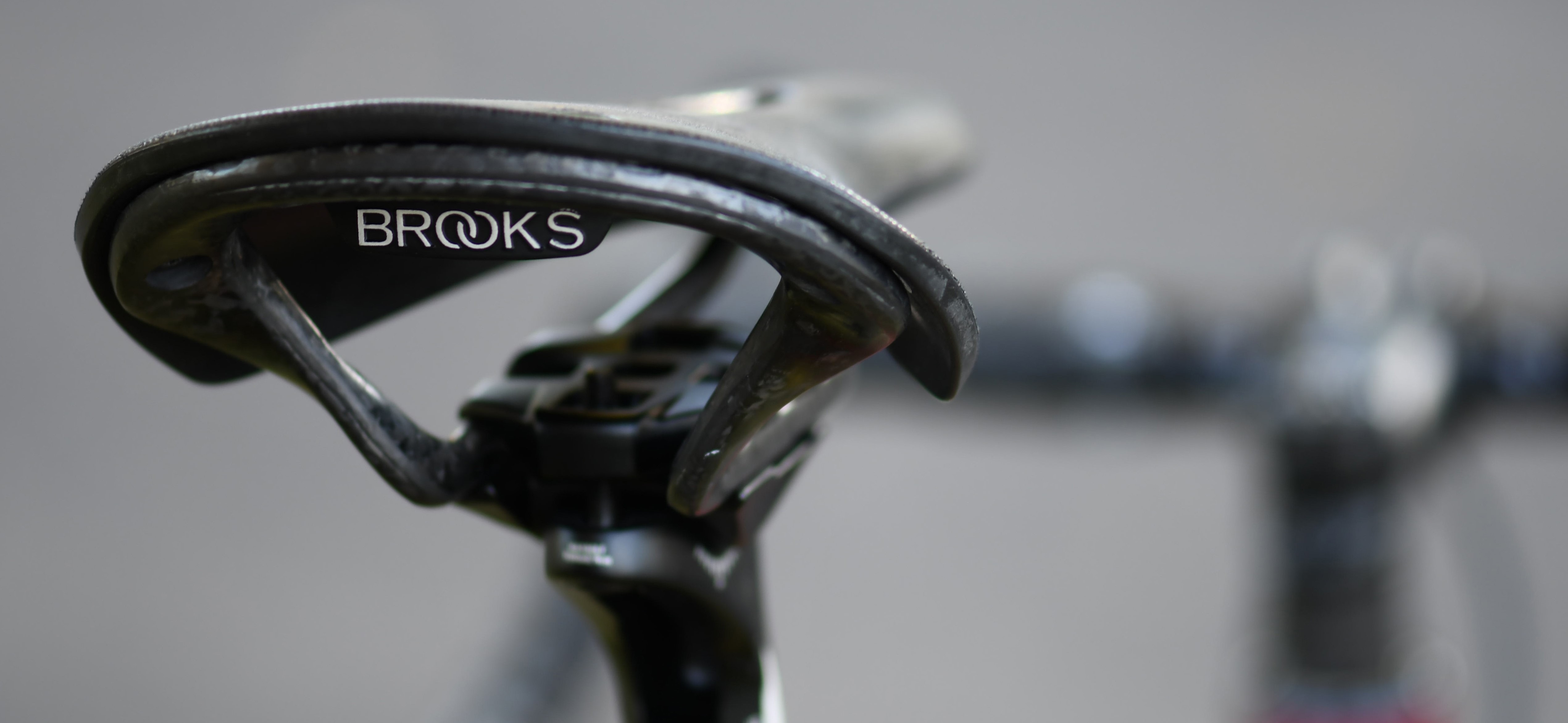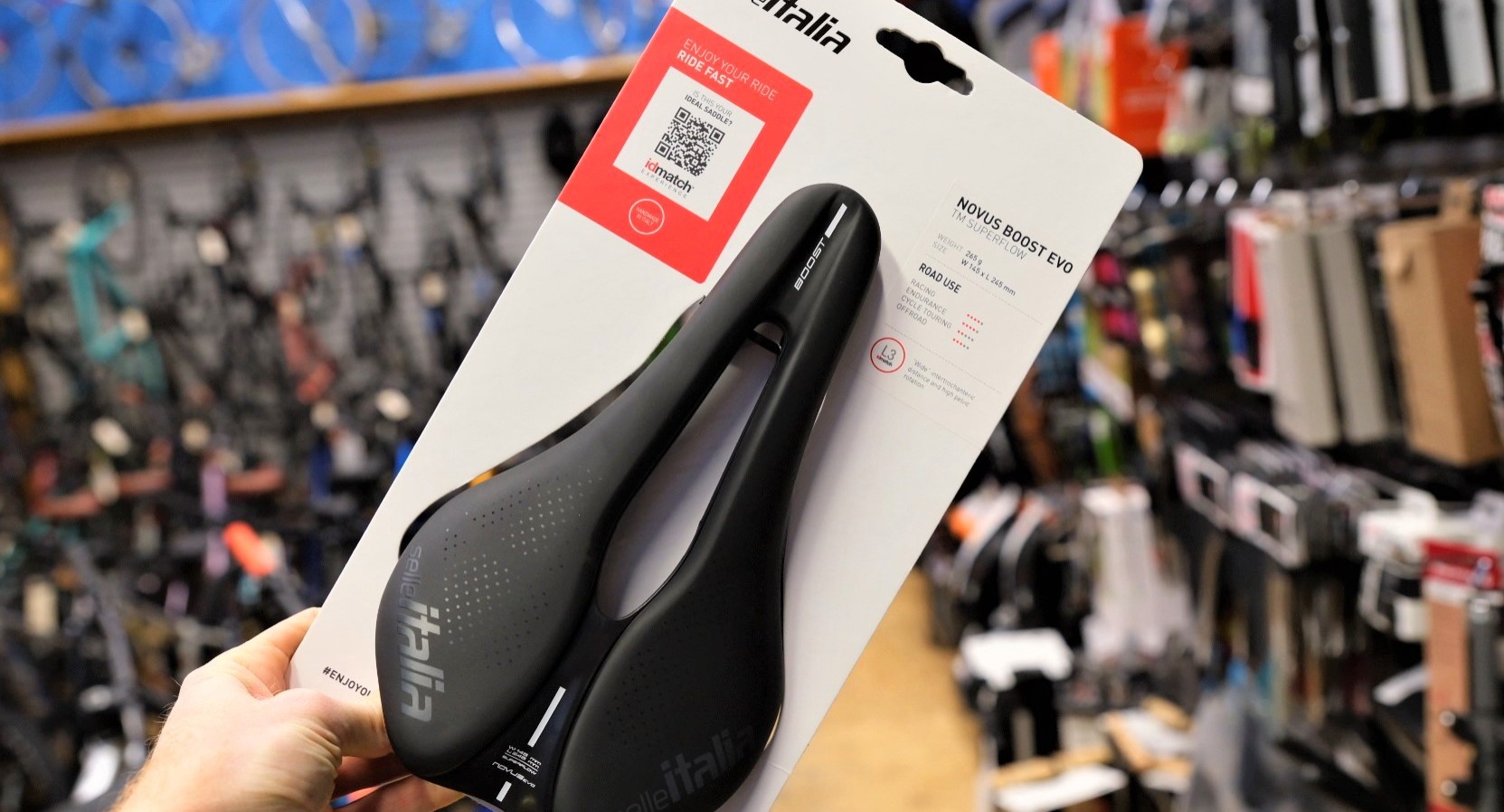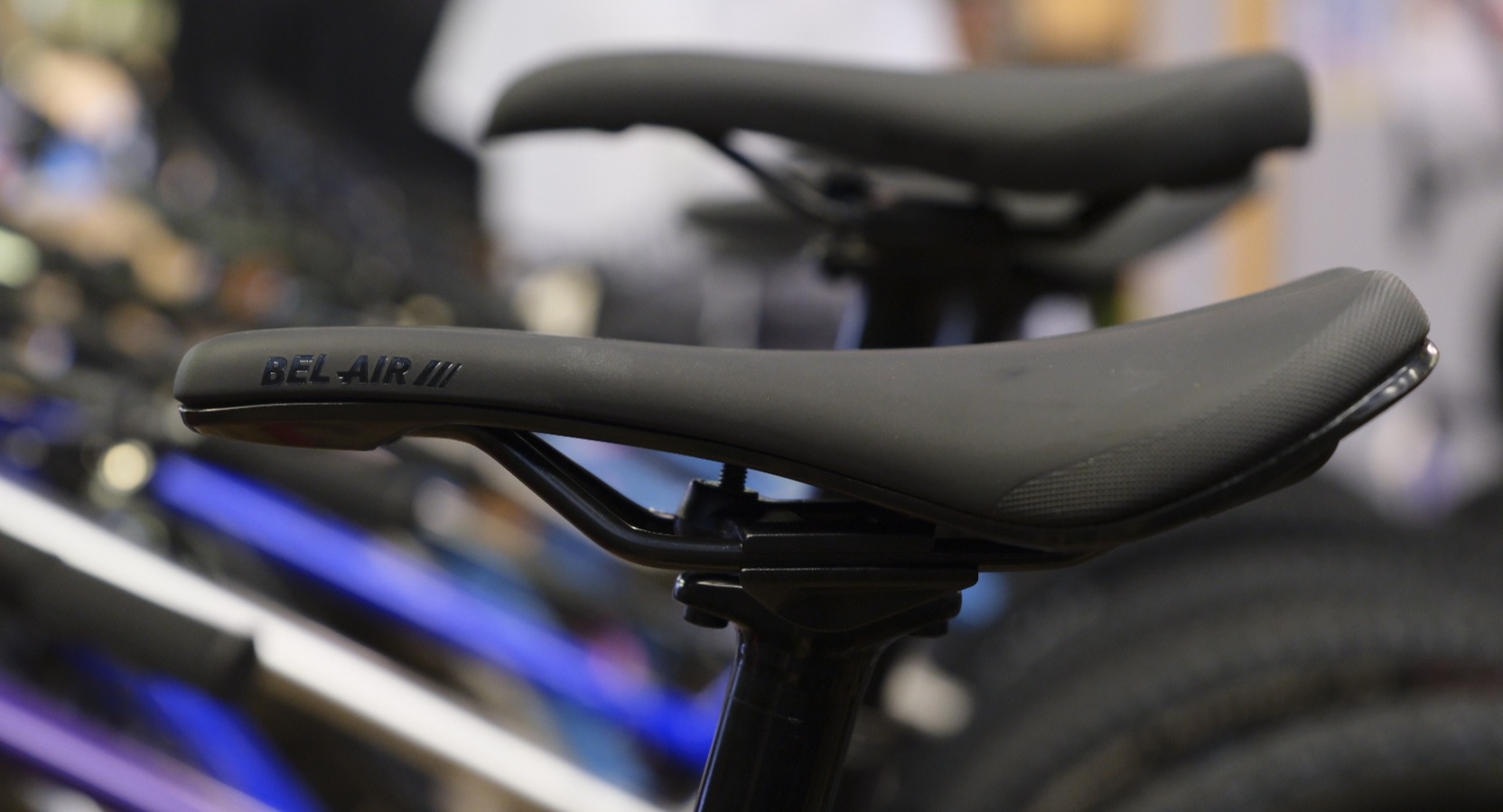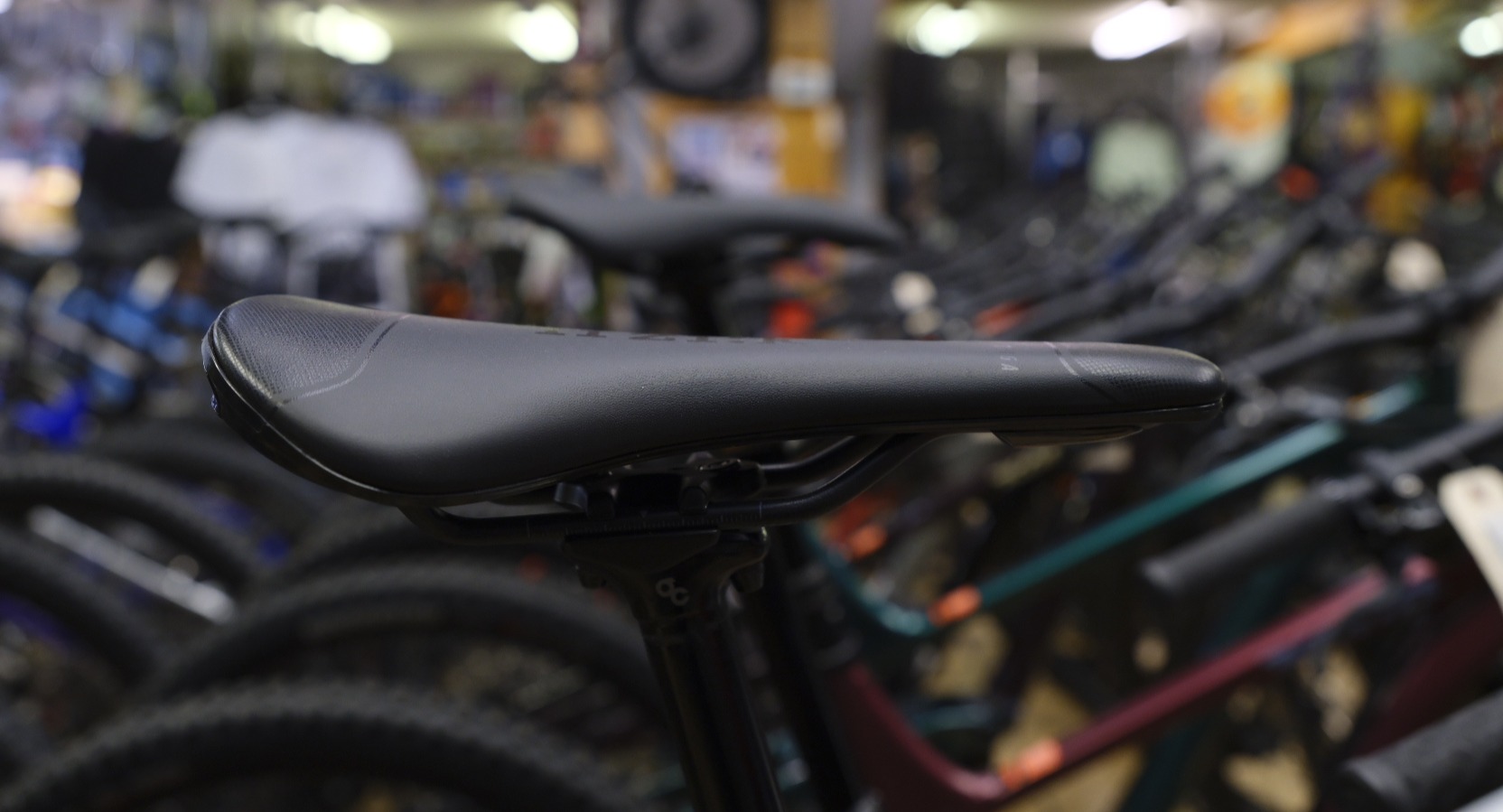How to Choose a Bike Saddle
You’ve more than likely encountered saddle pain of some sort during your time riding a bike, whether it’s been 20 years or just a few days. Most people’s first thought is to buy something that has more cushioning and padding to prevent hot spots on your sit bones, but the seating position of most bikes will not agree with that saddle type. The more experienced riders reading this will know that padding is more detrimental than helpful. There are plenty of articles and videos out there already going over different saddle types and what bikes they are best used on, so we won’t touch on that aspect. Instead, we will dive into how to make the saddle work for you.




